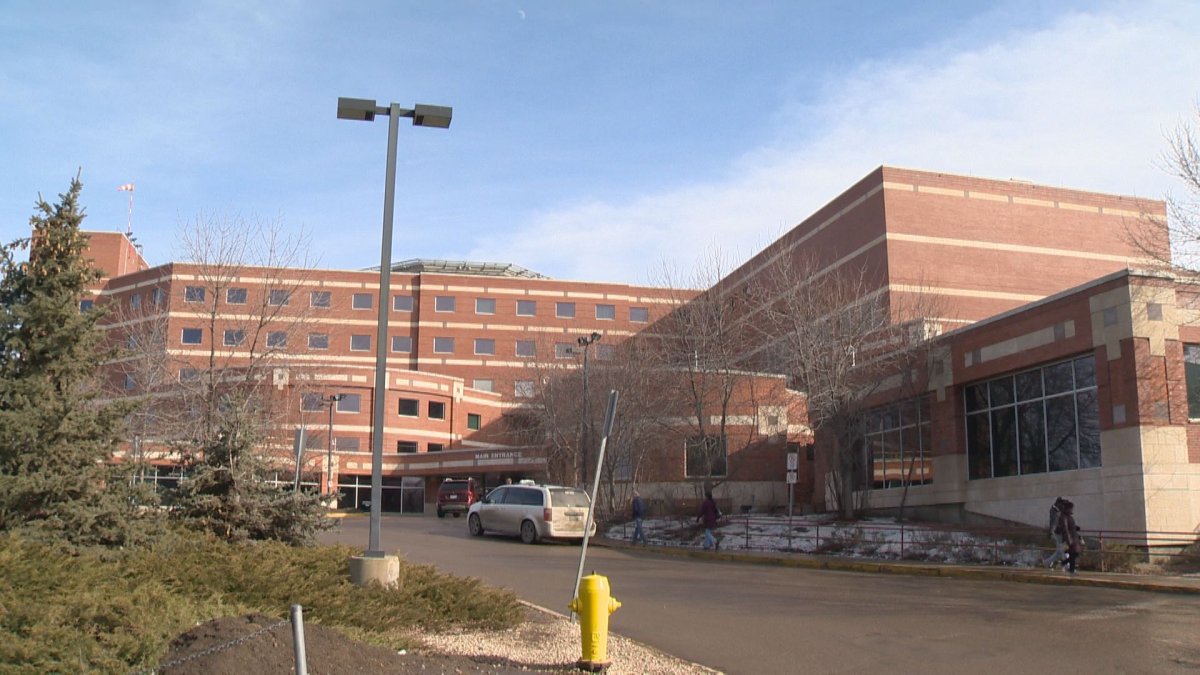There’s been a shocking increase in violent incidents in the Regina Qu’Appelle Health Region.

The number of reported incidents involving patients has increased to more than 500 cases in the last nine months, up from about 300 this time last year.
“It is alarming,” Keith Dewar, Regina Qu’Appelle Health Region’s chief executive officer, said. “One of our broader goals for our organization, as well as the health system, is zero harm to patients, staff and physicians.”
“It’s a trend that doesn’t exist I think only in our region but also in other regions and other jurisdictions,” he said.
The biggest increase has been in long-term care facilities where there’s a high number of people with dementia and acquired brain injuries, and it’s difficult to predict who might act out, Dewar added.
“But it also occurs in emergency rooms, inpatient units, rural facilities, it occurs with people who go out to visits in home care, and provide home care services, so it’s occurring across the entire organization. That’s why it takes a while to get a handle on it,” he said.
The increase is partly because the health region is encouraging workers to report every incident, but violence is definitely on the rise, he said.
About five per cent of workplace injuries are actually related to physical harm from an interaction with a patient, he said.
- ‘Shock and disbelief’ after Manitoba school trustee’s Indigenous comments
- Canadian man dies during Texas Ironman event. His widow wants answers as to why
- Several baby products have been recalled by Health Canada. Here’s the list
- ‘Sciatica was gone’: hospital performs robot-assisted spinal surgery in Canadian first
“It’s as much as yelling, pinching, or just pushing, that type of abuse, verbal abuse, those types of things, that just make it very difficult to maintain your composure while working with the patient or the resident,” Dewar said.
“The more you have some fear about what could happen to you, the less comfortable you might be in terms of dealing with the patients, clients or residents that you’re working with.”
In an effort to reduce this number, the health region conducted a workplace violence assessment and is now looking at tools that would give health care workers more of a safety net if a violent incident does occur, such as call bells and more training.
“Identifying people who have the propensity to be a little more violent than others, so that you’re prepared when you go in. Looking at the environment people work in, whether it’s in the rooms that they’re in with their patients, clients or residents, or whether it’s how they transfer from our organization to their cars or other locations,” he said.
The health region has established a workplace violence prevention program that will help address violence and areas of risk.
Some of the most common risks identified by the violence assessment included poor lighting, inadequate building security and inoperable panic buttons.
“We all have loved ones, most of us have aging patients, those types of things, so we need to understand that this occurs and could occur with anybody at anytime, and it could be someone that we know,” Dewar said. “And the role we can play when we have someone in the hospital, is that we can support them and support the people that provide care to them, to help dampen down the potential that there would be any anxiety or anything that would lead to their acting out. We can all help in this.”




Comments